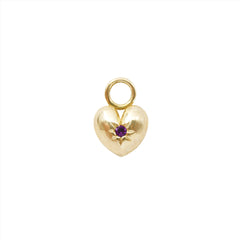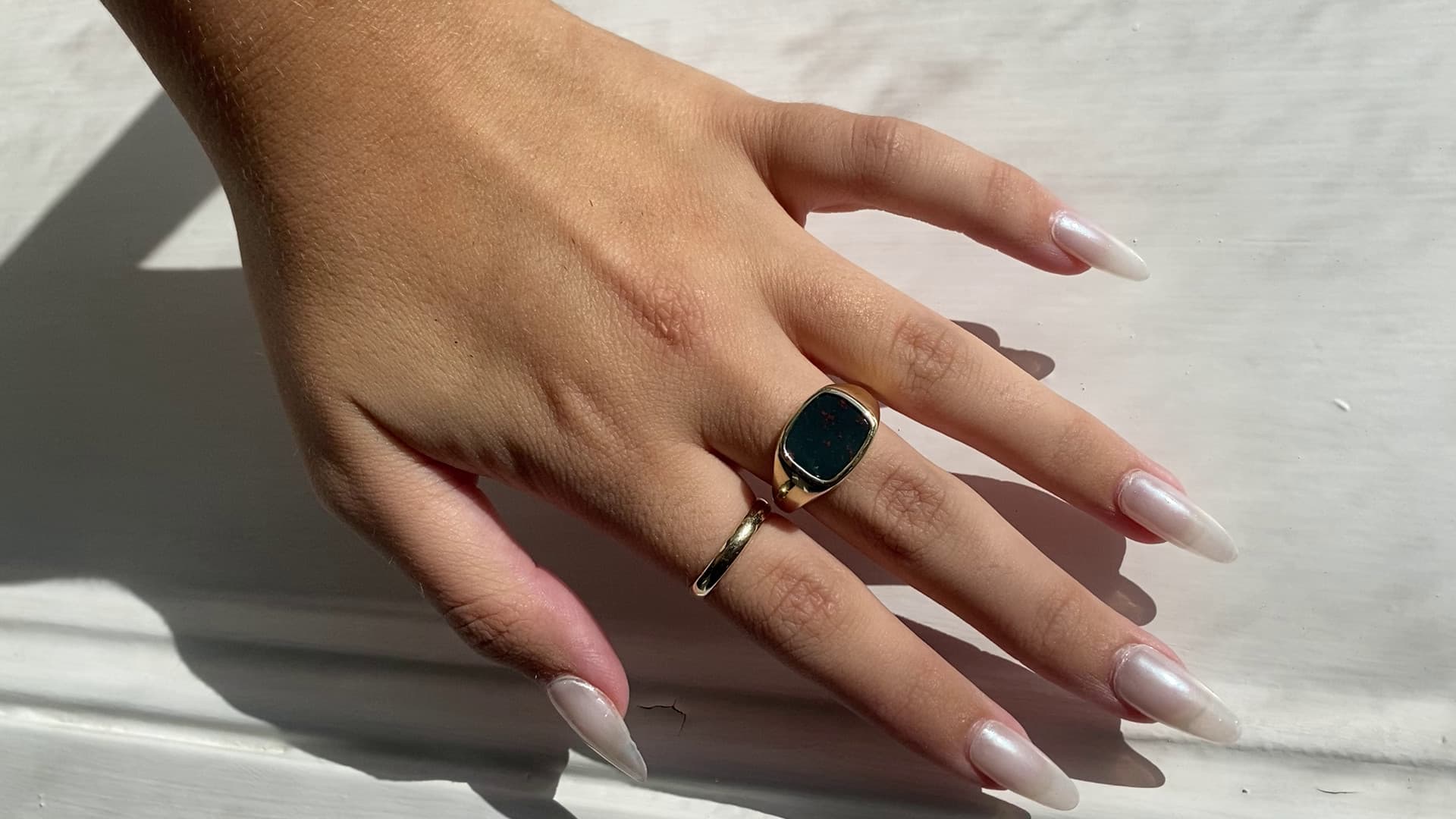Every day, more traditions are made modern with the help of technology and changing trends. The signet ring is no different. But in the ever-changing world of signet rings – how do you tell if a ring is a signet ring?
When signets were just rings that held crests, it was pretty easy to tell them apart. Here’s how you can identify a signet ring despite the additions of new trends.
Identifying Characteristics of Signet Rings
Typically, signet rings are characterised by a flat or slightly convex bezel or face, which is the top surface of the ring. This flatter space allows the ring to be engraved or customised with something meaningful to the wearer.
Signet rings aren’t shaped like this by chance; they’re shaped by something much bigger.
Signet Rings Are Shaped by History
When they were first created by ancient civilizations, the signet ring was more than just a flashy piece to be worn and adored; it served as a tool for authentication and then as a symbol of authority, identity, and personal legacy.
The ring's distinct shape, with its flat, engraved surface, allowed people to leave their unique mark or seal on important documents, wax seals, or in clay.
In ancient Egypt, signet rings were used by pharaohs to authenticate royal decrees. And in the Roman Empire, signet rings were associated with power and were used to seal important correspondence and official documents.
Throughout history, signet rings have been a symbol of noble lineage, family heritage, and social status. Even to this day, it's typical for some families to pass a signet ring from generation to generation via the firstborn sons.

The Signet Ring of Modern Times
In the 21st century, we no longer need to authenticate our correspondence with a crest imprinted on a wax seal (as fun as it may sound). As a result, signet rings are used less as actual signatures and more as accents of signature style.
The shape of Signet rings has transformed, embracing contemporary design and personal expression.
We still see traditional signet rings that are flat and rectangular, but today's more modern designs explore a wide range of shapes, from oval and round to geometric and abstract forms. One of our best-selling signets is heart-shaped!
Additionally, advancements in technology, such as 3D printing and laser engraving, have revolutionised the customisation process. Now intricate and detailed designs can be added to a ring's surface at a faster speed and lower cost.
But, no matter how exciting these designs get, a ring with a raised, flat face is still a signet ring.

Modern vs Traditional Signet Rings
Again, the signet ring is shaped by its historical use as an identifying marker. But this raised flat shape is still present in modern signet rings – even if they’re covered in gemstones and less traditional designs.
Both modern and traditional signet rings have a place in today’s world, depending on the wearer. If you want a ring that acknowledges your family’s rich heritage and culture, you might want to stick to the traditional style signet, but if your family doesn’t have a crest or you want your ring to celebrate a different aspect of your life, go modern with your signet ring design.
If you want to celebrate your heritage with your own personal twist, mix modern and traditional to create a signet ring that suits your signature style. The possibilities are endless.



